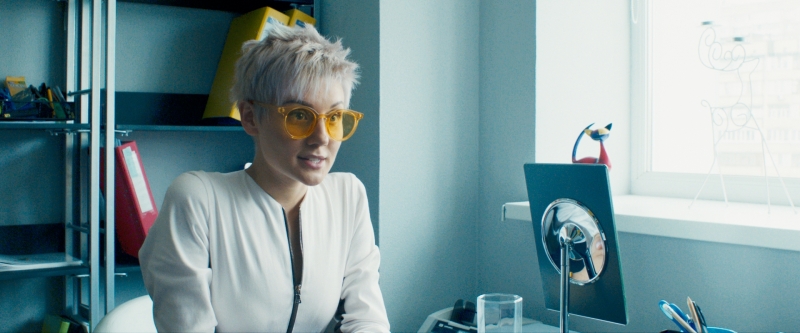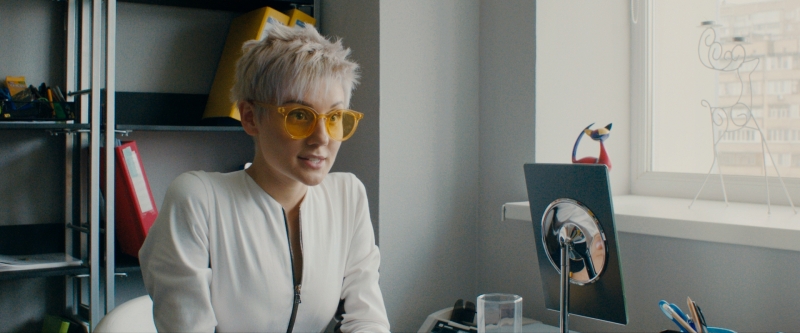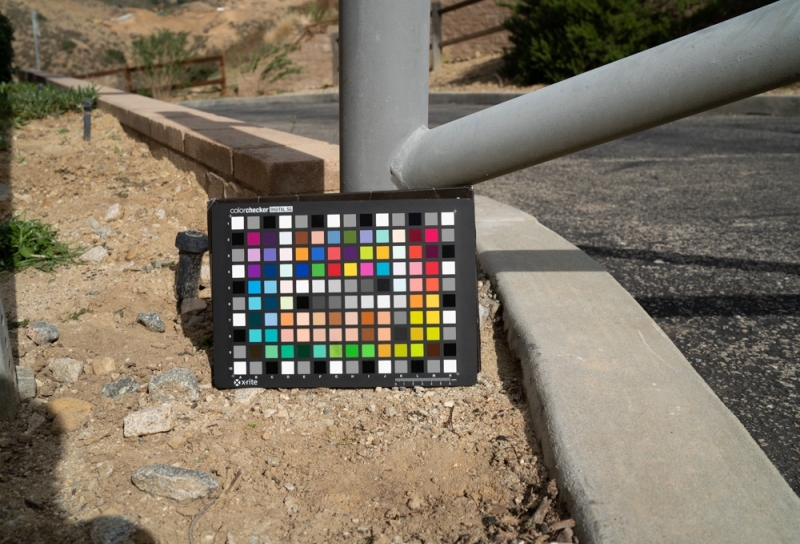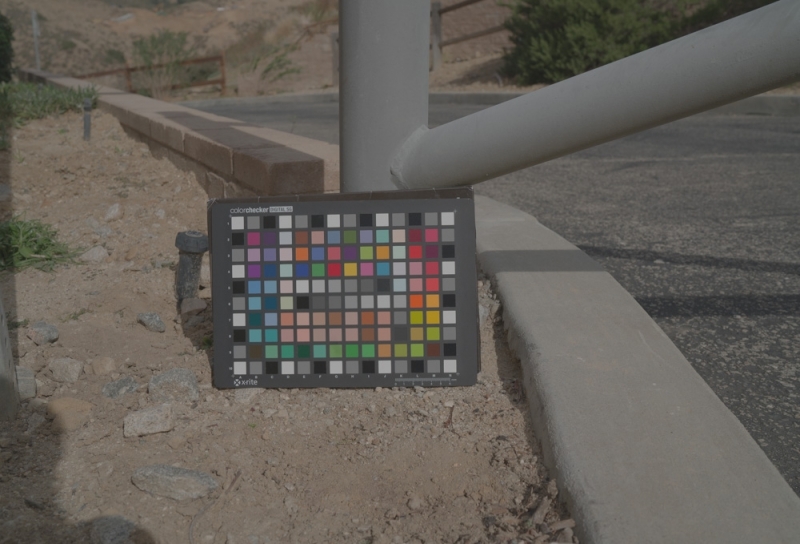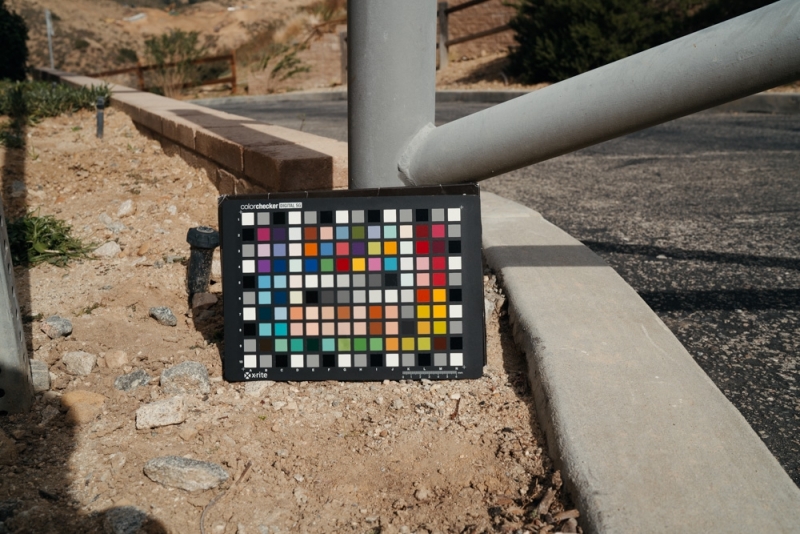-
Posts
58 -
Joined
Content Type
Profiles
Case studies - Free
Case studies - Premium
Resources
Insider
Courses
Forums
Store
Everything posted by cameronrad
-
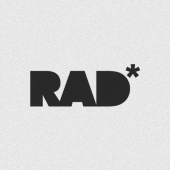
Professional Color Grading Techniques in DaVinci Resolve
cameronrad commented on Lowepost's course in The Art of Color Grading
Tertiary -

Professional Color Grading Techniques in DaVinci Resolve
cameronrad commented on Lowepost's course in The Art of Color Grading
There some visuals that help with understanding color matrices here. https://ciechanow.ski/color-spaces/ -
On macOS if you install the plugin, the LUTs can be found in: /Library/Application Support/CrumplePop/Koji Advance/Cube
-

Resolve Gamma 2.4 vs Rec709 (Scene)
cameronrad replied to Anton Meleshkevich's topic in DaVinci Resolve
sRGB has the 2.4 gamma part in the middle. Rec.709 is 1/0.45. In any case this is just the encoding/transfer function. https://www.image-engineering.de/library/technotes/714-color-spaces-rec-709-vs-srgb Which is different than the decoding/display gamma. (Gamma 2.4). The combination results in an end-to-end system gamma that isn't 1.0 but rather around 1.2 to compensate for viewing environment. https://en.wikipedia.org/wiki/Rec._709#Transfer_characteristics https://www.chromapure.com/colorscience-gamma-new.asp -
Yea, you still linked to the wrong product. For video you should be linking people to the DFT suite which includes a light plugin, but for video. Linking to the Light plugin product page takes them to a product that only works with still applications
-
That's for DFT. http://www.digitalfilmtools.com/dft/ You posted a link for Light. http://www.digitalfilmtools.com/light/ Light doesn't work for video/film applications. These filters do however:
-
These might be useful. Digital Color Management Basics: Intro for Motion Pictures http://www.sprawls.org/ppmi2/FILMSEN/ http://www.sprawls.org/ppmi2/FILMCON/ https://poynton.ca/PDFs/SMPTE93_Gamma.pdf
-
-
-
Meh. The only validation I need is knowing that the people paying me like my work. DPs, Editors, Directors, Cinematographers, etc all know what credit to look for and where to look. I don't think it's that big of a deal. The whole process is collaborative and I'd rather focus on gaining respect amongst my peers and industry colleagues, rather than where my name lists in the credits
-
When is Resolve Stills coming out? Haha I want to stop using Lightroom and Capture One for my still work all together Resolve is so powerful and I feel like even with 90% of the tools taken out and some better RAW support/adjustments and modified asset management and UI, a version could be sold as Resolve Stills and it would be more successful than any of the current tools in photography, except Photoshop.
-

Web site for purchase professional lut for Baselight
cameronrad replied to Soumitra Sarkar's topic in Baselight
A LUT isn't a magic solution to color grading -
Quick video of Printing Density ICC method I was experimenting with. Using the Resolve Rec.709 Kodak 2383 D65 LUT and Adobe's Kodak 5205 Printing Density ICC. http://cloud.cameronrad.com/sVQ6
- 29 replies
-
- 2
-

-

-
- 2383
- kodak vision
-
(and 2 more)
Tagged with:
-
I agree about color correcting by hand, I always tend to get the best results when I just do it manually. I'm a color geek though so I just like to experiment with these types of transforms to try and see what happens. The ICC profile experiment was based off this presentation I saw online: http://www.color.org/ICC_Chiba_07-06-19_PM_DMP_Float.pdf No clue if it's even accurate or this technique is even relevant anymore, I haven't heard any updates and I believe Lars Borg from Adobe is currently working on ACES. Interesting technique to try though. With the Colorchecker chart, I use the SG but my primary use case is a bit different. I deal with still camera RAWs which benefit from having the extra patches and extended gamut of the SG vs. the standard or the CC Video. The biggest issue I have with the SG is lighting it evenly due to the gloss
- 29 replies
-
- 2383
- kodak vision
-
(and 2 more)
Tagged with:
-
I'm not sure how accurate it is to be honest. I wish I had more first hand experience with this stuff to know for sure. I tried piecing together what I understand from various sites, this one included. Mitch Bogdanowicz's posts help a lot. I picked up some stuff from Adobe's old white papers and patents also https://patents.google.com/patent/US9443327
- 29 replies
-
- 1
-

-
- 2383
- kodak vision
-
(and 2 more)
Tagged with:
-
I've tried using Adobe's Printing Density ICC profiles to emulate printing density data and got this as the result. https://helpx.adobe.com/after-effects/using/color-management.html I used the Kodak 5218 profile. ______ Adobe Camera RAW Default Color Rendering Adobe Camera RAW (Custom Cineon Log DCP Camera Profile) After conversion to Kodak 5218 Printing Density ICC Profile + Kodak 2383 LUT. (Exposure bumped slightly to match ACR Default)
- 29 replies
-
- 2
-

-
- 2383
- kodak vision
-
(and 2 more)
Tagged with:
-

VSCO Film Presets for Resolve
cameronrad replied to Nicolas Hanson's topic in Editing , Color grading & Finishing
Thanks man! I need to update it with some new work some time. Haven't updated it in a couple years. With VSCO and filters I think toning them back and using them in conjunction with Photoshop isn't bad, especially if they look good and get the job done. The issue i have is when people just paste them on and it looks "filtered". A lot of people don't modify the preset and eventually they all look the same. Also you might dig this free opacity plugin for Lightroom https://www.capturemonkey.com/thefader/ -
It has better, it has Hue/Sat/Luma curves. I wish Photoshop had what Resolve has in that regard. Also Resolve is floating point based whereas Photoshop is integer based with limited 32 bit functionality.
-

VSCO Film Presets for Resolve
cameronrad replied to Nicolas Hanson's topic in Editing , Color grading & Finishing
VSCO Presets are no magic at all. They are just some settings in Lightroom. Occasionally bundled with a RAW Camera Profile which just contains a modified tone curve. They are quite heavy handed. Especially in the shadow areas. The 3DLUTs used in film/video are much more accurate "emulations". VSCO is typically just trying to mirror the aesthetic from a Noritsu or Frontier scan (Common in photo labs). There's other brands making presets as well for Lightroom such as RNI Films, Replichrome, Alien Skin, Mastin Labs, Tribe Archipelago. I don't typically use any of these. I find it's better to learn the tools themselves rather than relying on preset looks. However that said, when learning it can help to reverse engineer things. I think the issue with presets is that people become reliant on them and don't develop a look of their own or know how to. For instance on instagram you'll see tons of photographers who don't have any style of their own. All their work looks exactly the same because they use the same presets and shoot similar things. -
The film stocks. 2383: https://www.kodak.com/motion/products/distribution_and_exhibition/color_print_film_2383_3383/default.htm
-
I want a Davinci Resolve Stills version so I can ditch Capture One and Lightroom and just use Photoshop for cleanup work/compositing.
-

LUT emulation input data
cameronrad replied to Nicolas Hanson's topic in Editing , Color grading & Finishing
They build off standardized code values. Like standardized Cineon values place 18% gray at 10 bit code value 470. http://dicomp.arri.de/digital/digital_systems/DIcompanion/ch02.html http://dicomp.arri.de/digital/digital_systems/DIcompanion/ch03.html -

LUT emulation input data
cameronrad replied to Nicolas Hanson's topic in Editing , Color grading & Finishing
Grade the Log footage. There's different flavors of LUTs. Like Arri Wide Gamut/LogC to Kodak 2838 Rec.709 -

Green color on Kodak 5219
cameronrad replied to Anton Meleshkevich's topic in Editing , Color grading & Finishing
Holy crap, this just cleared up so much confusion for me. Thank you! Question I have. I've seen multiple Cineon ICC profiles that use the sRGB/Rec.709 color primaries. I know ICC profiles aren't the right tool for describing the complexities of film,, but I was wondering if it was standard convention to encode/assume Rec.709/D65 - Cineon Tone Curve for Cineon files. Or would there be instances for ProphotoRGB - Cineon, P3 - Cineon. etc




